Last Updated on February 7, 2021 by asoulwindow
Lesser Florican, Indian Bustard, Sand Boa, Savannah Nightjar, Indian Eagle Owl – Birdwatching in Rajasthan
Where do lesser Florican live?
Come July and August, the nondescript sleepy town of Rajasthan called Sonkhaliya buzzes with activity what with the Lesser Florican displaying their much discussed quirky mating dance and wildlife photographers, wildlife conservationists, environmentalists and bird watchers flock to Sonkhaliyan which seldom anyone talks about. Thanks to the endangered status of this Indian bustard, they are protected species. This monsoon, let’s see a new side to Rajasthan like never seen before! It is also very similar to the endangered Bengal Florican.
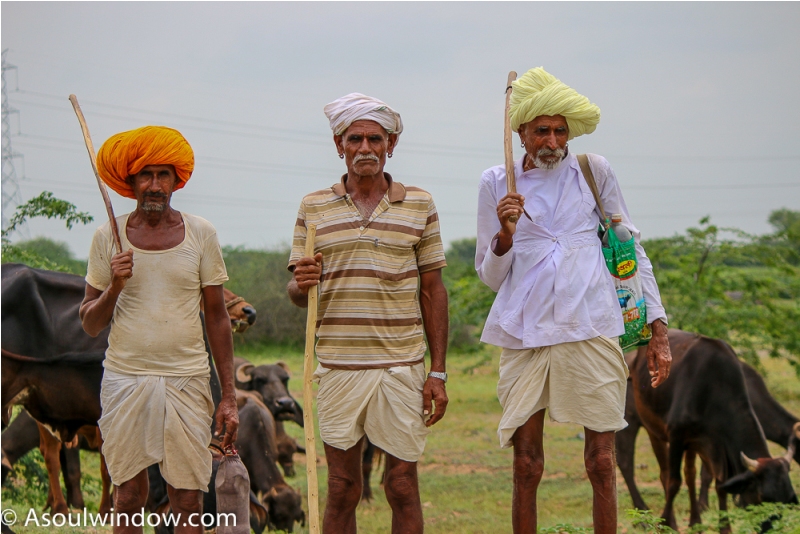
Lesser Florican Mating Dance
The Dance of love
The only reason why Sonkhaliya is a popular destination amongst a small but determined community is that the exotic looking bird called Lesser Floricans call it home during July and August. Its scientific name is Sypheotides indicus. These are the months when Lesser Florican bird enact the quirky mating dance ritual they are famous for. This phenomenon occurs every year during breeding season in the monsoon months. Dance as if no one is looking, did someone say!

Lessser Florican Mating Sound
Since we reached late night and had a late night dinner, we had not even slept properly. Half awake, we reached the wide open fields at around 6 a.m. While I was busy enjoying the early morning scent of grass, my more serious friend Sudeep and the local guide cum naturalist rather focused on spotting the Lesser Florican birds amidst the dense undulating fields of jowar aka sorghum (gluten free).
My innocent and uninformed questions fell to deaf ears, as the guide’s ears concentrated on listening to the rapid fluttering of wings or a random croaking call. The lesser Floricans make this sound while performing their annual mating ritual.
Spotting Florican Mating
The surreal sun rise casting its golden spell on the sprawling field had all my attention as I left the less pleasurable job of spotting the Florican mating to the guide and my friend Sudeep. The silence was suddenly disturbed by the guide. He was excited and yet tried to suppress his own excitement! He had spotted mating Floricans in far distance. Despite the lack of proximity to the Floricans, we stayed silent lest we get exposed to the unperturbed lovers in the field.
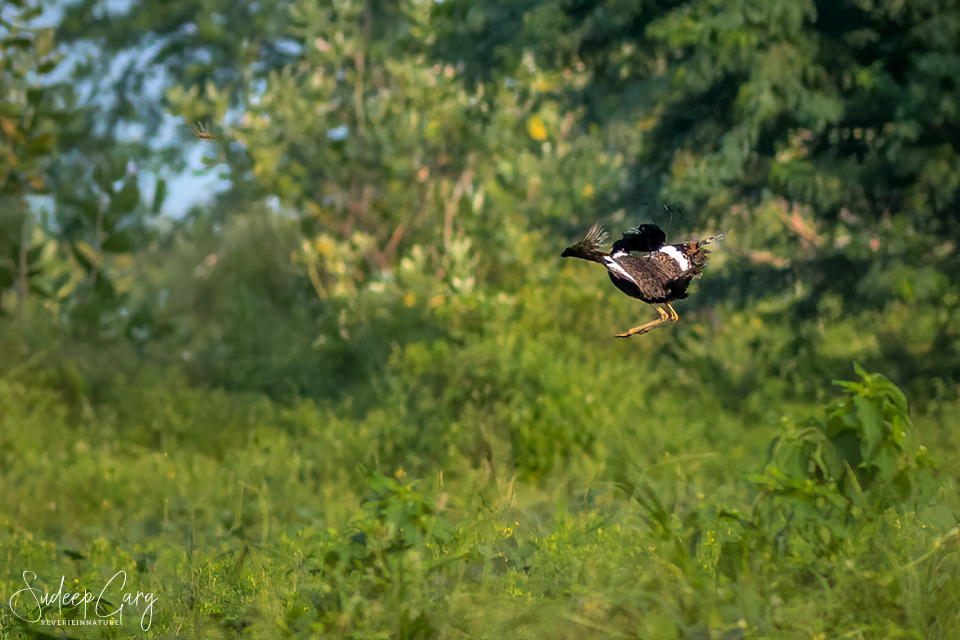
Lesser Florican- The Indian bustard
My guide had spotted the unsuspecting amorous birds far away. Despite my guide showing me and pointing fingers towards the black and white Florican couple, my untrained eyes took around five minutes to catch the Floricans in action. As I and my wildlife photographer friend Sudeep trained our telephoto lenses on the quirky mating ritual of the birds, I could not help but appreciate the unusual mating ritual.
We could not see the female Florican at all. She was swallowed by the tall jowar plants. We could see the male Florican once in a while making quick movements, by raising himself up in the air.

Photographing Lesser Florican Mating Ritual
The quick up and down movements done in a consecutive manner by the male Florican was admirable. The persistence and perseverance by the male Florican was to be seen to be believed. But it was a series of ‘blink and miss moment’. Photographing kids and wildlife is both challenging and frustrating. That said, this is what also makes it most exciting and rewarding as well!
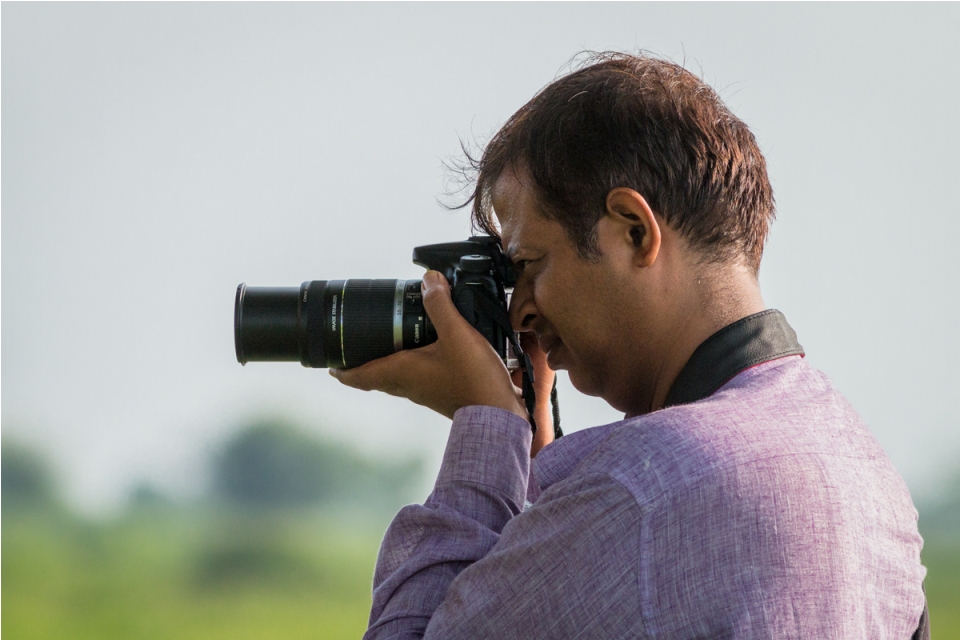
The male florican continued to bounce up and down at regular intervals. With undying perseverance, the male Florican, continued his ‘grand performance’ without maintaining a regular frequency. The fields which were completely silent a few minutes ago now reverberated with brief knocking or croaking calls and rapid flutter of wings, albeit faint due to distance!
And yet the sound stood out in the uninhabitated fields. I could barely see any human, not even fellow bird watchers when we visited. Few farmers were going about their routine in far distance and that was it. The sense of isolation and yet in human company was eerie.
I observed that the Lesser Floricans birds kept shifting their location every few minutes. Much of this movement was controlled by the female Florican. Needless to say, the male Florican was following the female Florican in a gentle manly manner. As the female Florican contemplated her decision about the proposal of the male Florican, the latter followed her like a shadow. The pursuit of impressing his muse was a sight to behold! This Indian bustard species is special! Not to be confused with the endangered great Indian bustard.
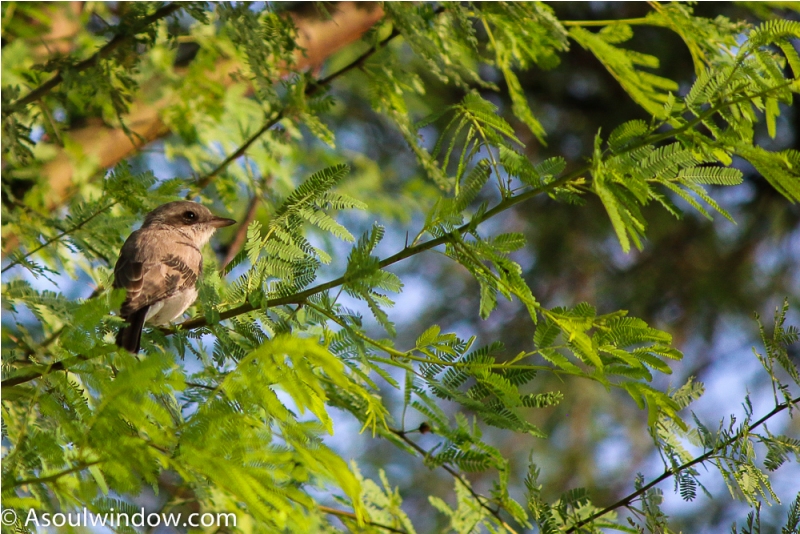

Mating Ritual of Lesser Florican Bustard
Though we achieved no success in figuring out whether the male Lesser Florican bustard succeeded or not but nevertheless, he was able to impress us with his craft and persistence. If luck is on your side, you can see many such displays happening at the same time in different parts of the field. We were not as lucky though.
The extraordinary display of love makes for an unusual sight. This curious courtship dance has made the endangered Lesser Florican bustard famous. Early morning or evening is when this mating ritual is performed. When the female Florican makes the whistling sound, which is a mating call, the male Florican starts its unusual ‘display’, concentrating entirely on impressing the female within a specified territory in the field. Needless to say, other males in this territory are not welcome.
After the mating is done successfully, the female Florican lays around 3 or 4 eggs. The nest is made amidst dense grass on ground.
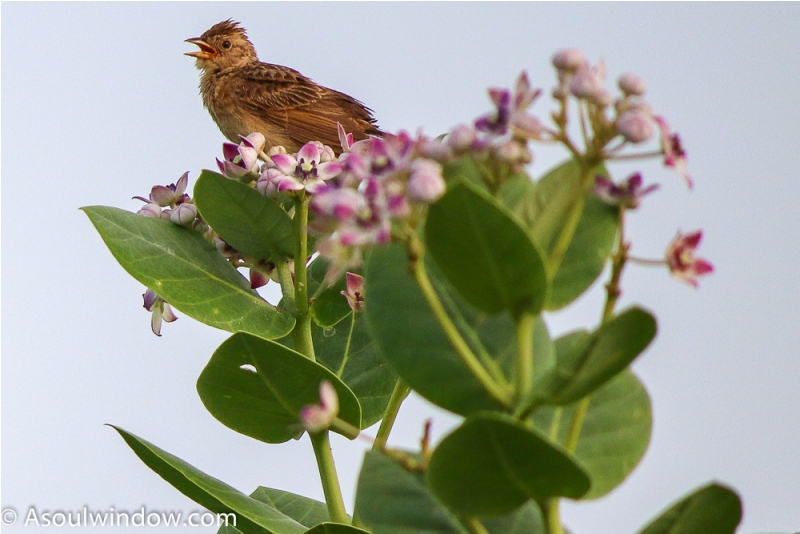

Wildlife Conservation
Lesser Floricans belongs to the endangered bustard family and are endemic to Indian subcontinent. It is not the same as great Indian bustard or Bengal florican though. Likh or Kharmor are the other names of Lesser Florican. What made the sight of its mating ritual special for me is that Lesser Floricans are and endangered species.
The low numbers of Lesser Floricans are due to loss of grassland habitat, illegal hunting and inadequate measures taken for their conservation. Thanks to their mating rituals, they can be spotted easily by the poachers. You will be shocked to know that only 2000 Lesser Floricans now exist in the wild.
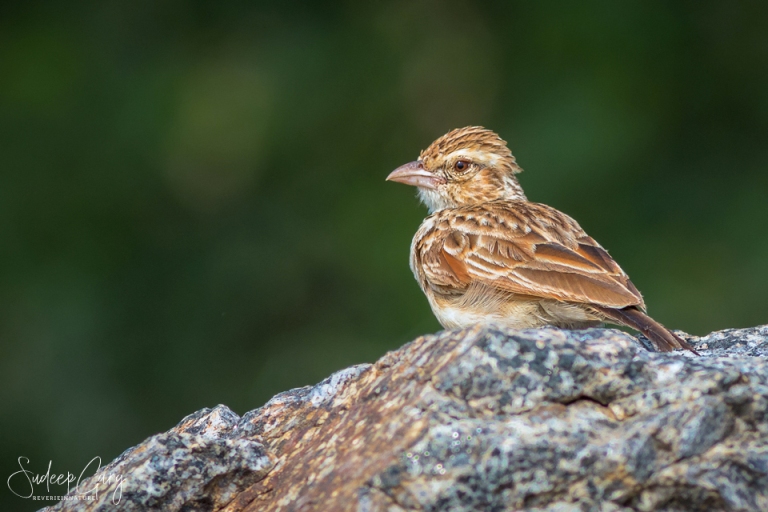

Lesser Floricans are forced to share their habitat with humans (mostly farmers), due to loss of their natural habitat which are grasslands. Left with not enough places to call home, it has no other option than sharing its habitat in agricultural fields or grasslands with farmers.
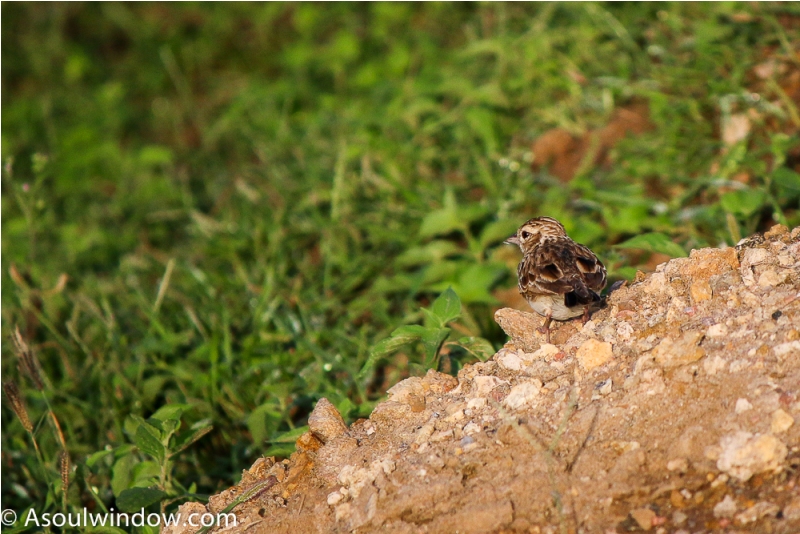

Other birds of Sonkhaliya
We spent around one hour watching the histrionics of the male Lesser Floricans. Since we were running out of time, as most bird sightings happen in morning or evening; we changed gears to pursue spotting other birds in Sonkhaliya region of Rajasthan.
We went for two bird watching trips; one in the morning and one in the evening, as per our deal with the bird watching guide. You can go for more if you have extra time, money and energy.


We were not disappointed. It was a rewarding trip, what with spotting so many common and rare birds within a span of few hours. This is why I keep saying that a professional guide is a must if you are an avid bird watcher or photographer.
Some of the birds we spotted are Savanna Nightjar, Rain Quail, Gray Francolin, Indian Eagle Owl, European Roller, Paddyfield Pipit, Pied Cuckoo, Eurasian collared dove, Singing Bushlark, Plain Prinia, Rock bush peafowl, Variable Wheatear and Laughing Dove.
No need to mention that most rewarding of all the spotting were spotting Savanna Nightjar, the rare Rain Quail and Indian Eagle Owl. Just look at the pictures to understand what I mean.
Red Sand Boa or Eryx johnii
The driver halted as soon as he started driving on the uneven dirt tracks of Sonkhaliyan. A lazy red sand boa snake has all the time to cross the muddy pathway at his own pace. Also called as Indian boa, it was languorously trying to cross. Our jeep would have unintentionally crushed the red sand boa had the driver and the guide not seen him instantly.


I hadn’t seen a snake like Indian sand boa before. The boa was dark brown in color, thick and moved as slow as a snail. Our jaws dropped when our guide jumped from the jeep and casually picked the boa and kept it amidst the tall grass.
We have been taught to be scared of snakes since childhood. So, we were shocked to see him touch the snake so nonchalantly. Seeing us gobsmacked, he told us that there is no need to be scared of a boa a they are non poisonous. We nodded in agreement. Always trust the expert! The driver continued maneuvering the jeep on the bumpy dirt tracks in search of more birds.
Indian Sand Boa is also known as Eryx johnii, John’s Sand Boa, brown sand boa, Mandul snake (Maharashtra), erutaley nagam and mannoli pambu. It is an endemic snake species found in India, Pakistan and Iran in Asia. The double headed (it appears so) sand boa has small nostrils and very tiny eyes. The thick and cylindrical body of the boa is embellished with dorsal scales.
The red sand boa feeds on other snakes and small mammals like rodents, mice, rats etc. The boas are found in rocky dry foothills and dry semi desert plains of India, Pakistan and Iran.


The rain quail or black-breasted quail (Coturnix coromandelica)
I was impressed with how beautiful rain quail looks. Sudeep got excited on seeing the rain quail and rightly so. Though Rain quails are not an endangered species, they are still pursued by bird watchers and bird photographers due to their shy nature and rare appearance in wild. Also, it is not easy to differentiate between female common quail and female rain quail. The best of birders an bird photographers get confused doing so.


We clicked this shot in a jiffy from our jeep, lest the bird flew away. Rain quail is one of the most visually stunning of all the quail species. The rain quail is also known as the black-breasted quail (Coturnix coromandelica)
Rain Quails are found in countries such as India, Bangladesh, Sri Lanka, Pakistan and Nepal in South Asia and South East nations such as Cambodia, Thailand, Myanmar and Vietnam.
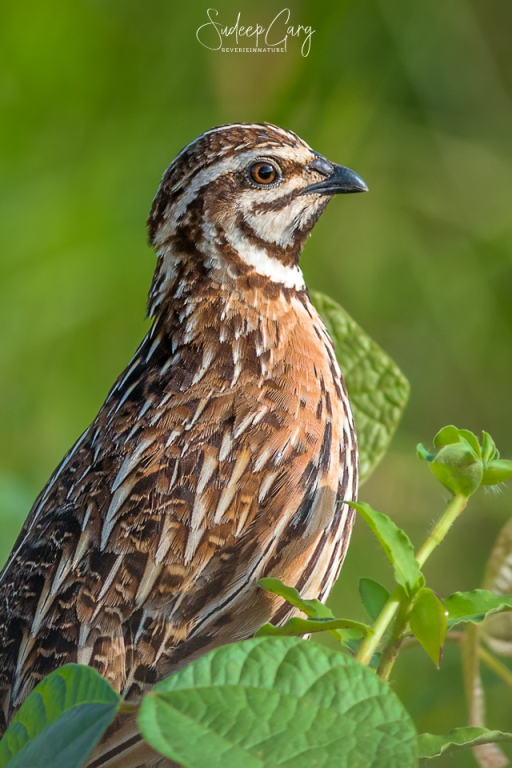

Savanna Night Jar – The King Of Camouflage!
I realized that the elusive Savanna Nightjar was one of the most difficult bird species to catch a glimpse of. It is a nocturnal bird which sleeps mostly throughout the day. Thanks to its incredible camouflage, even the best of bird watchers and wildlife photographers often are unable to spot it. However, our guide was sharp!
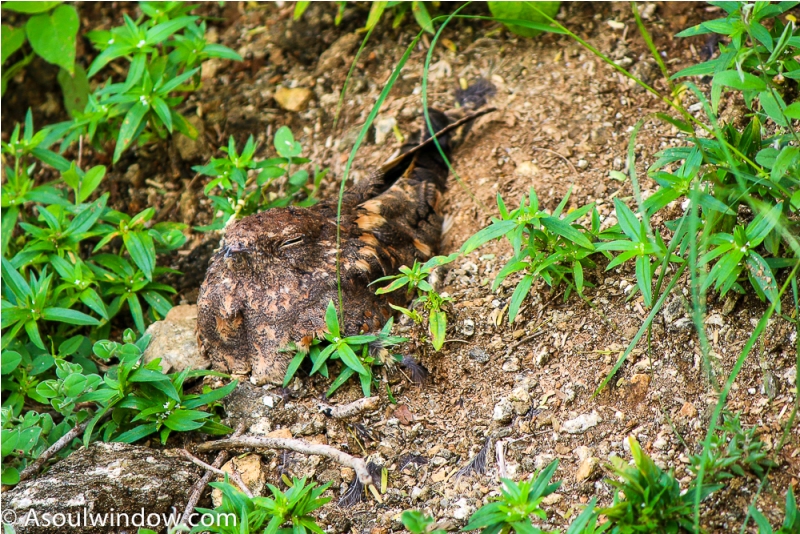

We were about to call it a day and give up on spotting the Savanna Nightjar, when suddenly our guide excitedly pointed to a road side mud wall. He has been patiently scanning it for more than 20 minutes. I was puzzled initially, trying to differentiate between the dry leaf and the nightjar sleeping next to it. They were both of same color, which is grayish brown.
Basking in the knowledge of its inimitable camouflage, the unconventional looking Savanna Nightjar slept tight, sans a care on the ground itself. Nature has blessed the bird with the best weapon for self defense.
That said, the Savanna Nightjar also had a sharp sense of self preservation. As soon as our car halted, albeit silently, the nightjar could sense it and acting upon its reflex action, flew immediately. I was impressed that even in deep slumber, it had the alertness of a deer in a wildlife sanctuary. This is why I enjoy bird-watching in India.
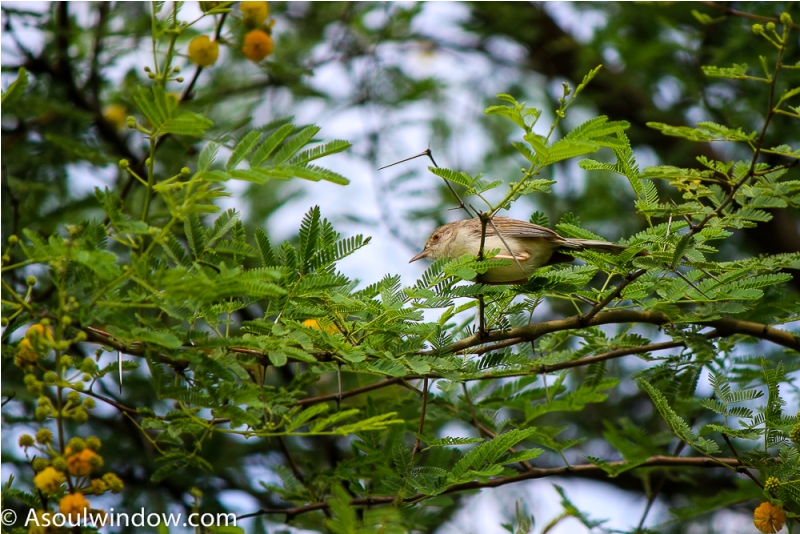

Indian eagle-owl or Bengal eagle-owl
Though, we had called it a day and were tired of birdwatching all day, our elderly guide still was excited to spot more birds, even though it’s a daily chore for him He had his eyes peeled while I was slipping into a series of tired yawns.
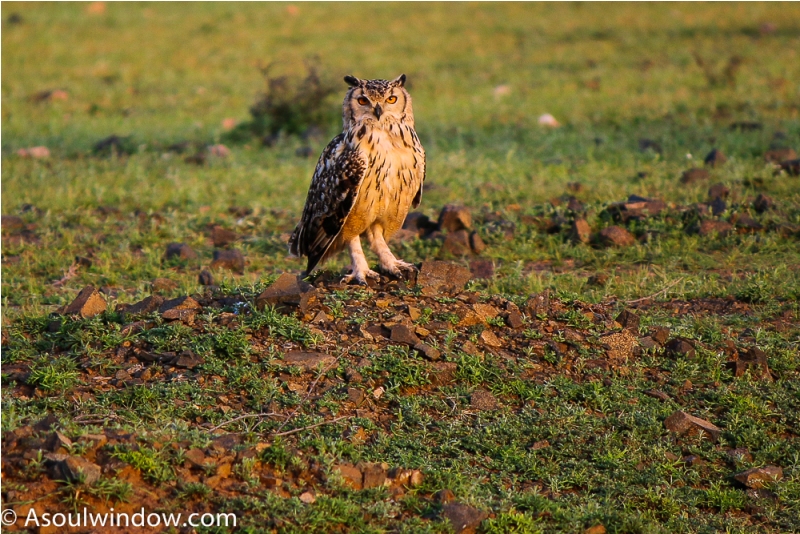

Suddenly I rose from my stupor and hurriedly reached out for my packed camera. We had hit jackpot. A massive Indian Eagle owl sat pretty on the ground, basking in the glory of evening sun shining bright on him. Since the bird was sitting on a rock, so it justified its other name of Rock Eagle owl.
The guide Mr. Rajendra pointed towards a huge species of Bengal Eagle owl sitting on a rock on ground.
Wildlife photographer Sudeep, who accompanied me tried hard to suppress his excitement when he understood that it is a rare bird we were closing the day with. It was after all a Rock eagle-owl also known as the Bengal eagle-owl or the Indian Eagle Owl.
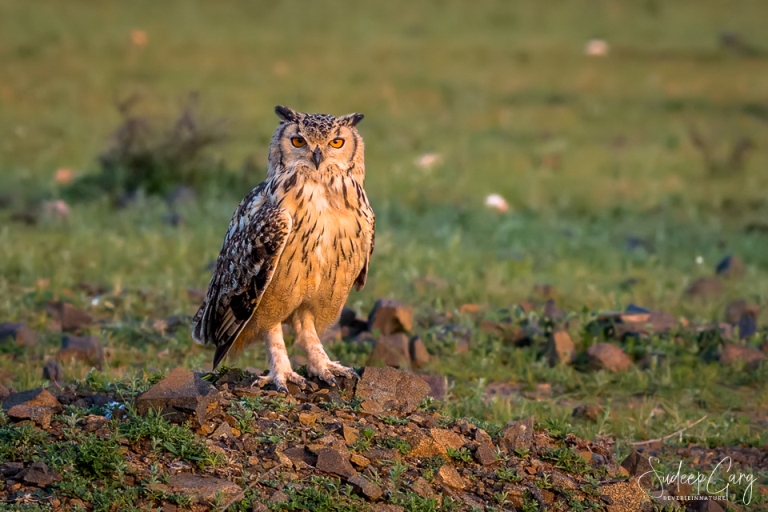

What made this sighting unbelievable was that the Bengal eagle-owl was sitting calmly on the ground and thanks to a low hanging sun, it was beautifully standing out with perfect backlight. The sheer proximity with us was cherry on the cake. We were thrilled to see how the late evening light casted a breathtakingly beautiful glow on the bird, enhancing the way it looked manifolds. It was a rare moment.
Thanks to its huge size, the Indian eagle-owls mostly target other large preys like spotted owls, Shikra and even small mammals such as rats, rabbits and hare. Owing to its demand in superstitious rituals, the Bengal Eagle Owl is heavily poached. This is some of the rarest birds in India.
Though Sonkhaliya received fame for its population of lesser florican in mating action, but it is also a birdwatcher paradise as it gives incredible opportunity to see a glimpse of various species of birds in all sizes possible.
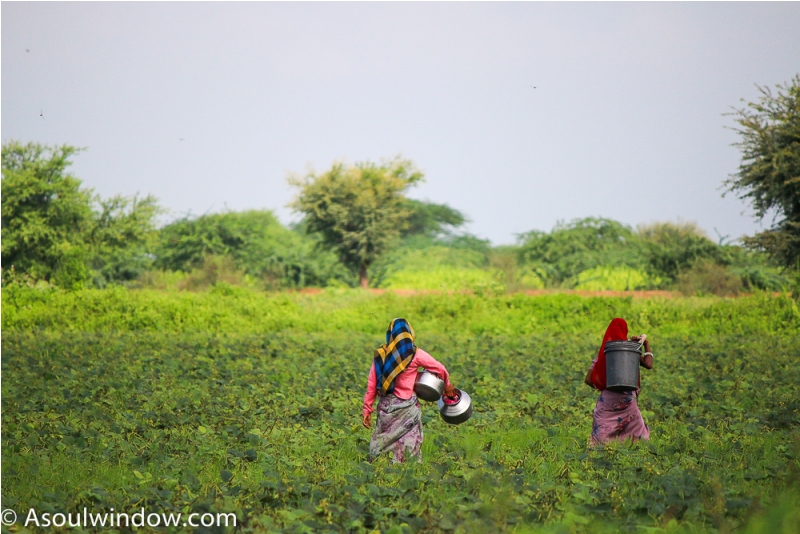

To gain a holistic understanding of the distribution of the birds and natural biodiversity that surrounds us, do pay a visit to areas around Sonkhaliya on one of the weekends. Great opportunity for bird photography is an added advantage though. India has some of the best bird watching sites in the world!
BOX:
How to book bird-watching Guide:
If you want to have an amazing birdwatchig experience in Sonkhaliya, do contact We hired the services Mr. Rajendra Singh. I took his service as he is a reputed guide. He can arrange rewarding bird-watching trips, accommodation, meals and even pick up as well as drop from and to the Ajmer Junction Railway Station. His contact number is 9214600140. The total cost which we paid was INR 15,000 approximately for two birding trips for two people. It included the birding guide for all day, cost of hotel, pick up and drop.
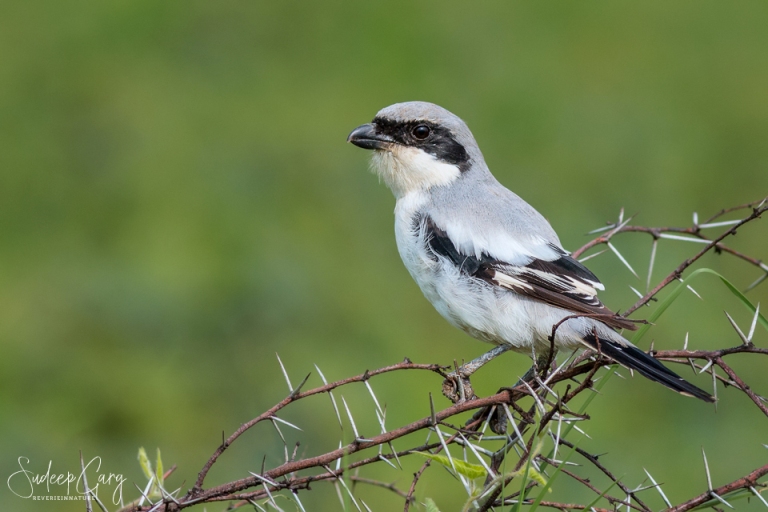

Excursions – Places near Sonkhaliya
Ajmer
How can you visit Sonkhaliya and not explore Ajmer? If you have some spare time, do include Ajmer in your itinerary. You can pay a visit to the famous Ajmer Sharif dargah during the day (and night). Also visit the nearby dhai din ka jhopda and the Ana Sagar Lake. These three top places to see in Ajmer can be covered easily in a day. Distance between Sonkhaliya and Ajmer is just 40 kilometers via the Ajmer – Kota Road and Ajmer Road/Ajmer – Kota Road/Kota – Ajmer Road and it takes only 1 hour to cover the distance.
It is not easy to get down at Ajmer railway station and head straightaway to a sleepy and unheard of village which is situated just a few kilometers away.
I had done a solo budget travel to Ajmer long ago while attending the touristy Pushkar fair. Despite that, I had to remind myself about not getting distracted by the tempting sights and smells of Ajmer, the city with a rich history. The smells of the super delicious vegetarian Rajasthani food tempted me to stop and eat before we head to Sonkhaliya, our main destination. But then, if you are in the company of a serious wildlife photographer, who is also your childhood friend, then you better behave. I trained my mind to rather focus on the task at hand.
Nevertheless grabbing a pyaz kachori (fried savoury pastry filled with onion and served with chutneys) or two from Ajmer Railway Station, we jumped on a rickety cab which was pre arranged by our professional guide. It was the middle of night! Around midnight when we took the cab!
It took us around half an hour (as it was night) of driving on baby bottom smooth, though listless roads in complete dark to reach our budget hotel in Sonkhaliyan! Sonkhaliya is conspicuous by its absence in all the guide books. I would have not been to Sonkhaliyan either had it not been for bird watching!
The ever growing community of avid bird photographers such as my friend Sudeep Garg, self motivated environmentalists, determined conservationists and regular birdwatchers have catapulted Sonkhaliyan to the wildlife map of India. Every year during the month of July and August, the sleepy village is shaken from its stupor as a large numbers of above mentioned people congregate here, sometimes even camping here for several days for that best shot or for data regarding wildlife conservation.


Pushkar
You can keep one spare day for Pushkar as well. Of course you can enjoy the Pushkar festival in November but even on other days (especially winters), Pushkar is a charmer. The ancient temples of Pushkar, the holy Pushkar lake and the vibrant local lifestyle and the delicious (and authentic) vegan and vegetarian Rajasthani food will keep you excited. The distance between Pushkar and Ajmer is just 16 kilometers via the NH58 and it takes only 1 hour to cover the distance.



Tal Chappar Blackbuck Sanctuary
If you want, you can combine a trip to Tal Chappar Blackbuck Sanctuary as it is located close by. You can see many blackbucks and many species of birds like we did during winters season.
The distance between Tal Chappar Blackbuck Sanctuary and Ajmer is 205 kilometers via the Rajasthan State Highway 7D & RJ State Highway 7 and it takes only 4 hour and 15 minutes to cover the distance. I had a very successful trip to Sonkhaliya and Tal Chappar Blackbuck Sanctuary with Sudeep.
Jorbeer Conservation reserve
I and Sudeep spotted many exotic species of birds and mammals at the Jorbeer Conservation reserve in Bikaner which is known for many varieties of vultures. It is located in Bikaner, another famous city in the vibrant Rajasthan. Winter is the best time to be here. You can see many rare mammals and migratory birds here.
The distance between Jorbeer Conservation reserve, Bikaner and Ajmer is 266 kilometers via the via Bikaner – Barmer Road/Bikaner – Nagaur Road and Sardarshahr – Ajmer Road and it takes only 5 hour and 30 minutes to cover the distance.


Best time to visit Sonkhaliya
If you want to see the quirky mating ritual of lesser Florican then the best time to visit Sonkhaliya is between July and August. However, during winters also, you can spot many varieties of exotic birds in Sonkhaliya. Winter means September to March. You can spot more than 50 species of birds in Sonkhaliyan on most days.
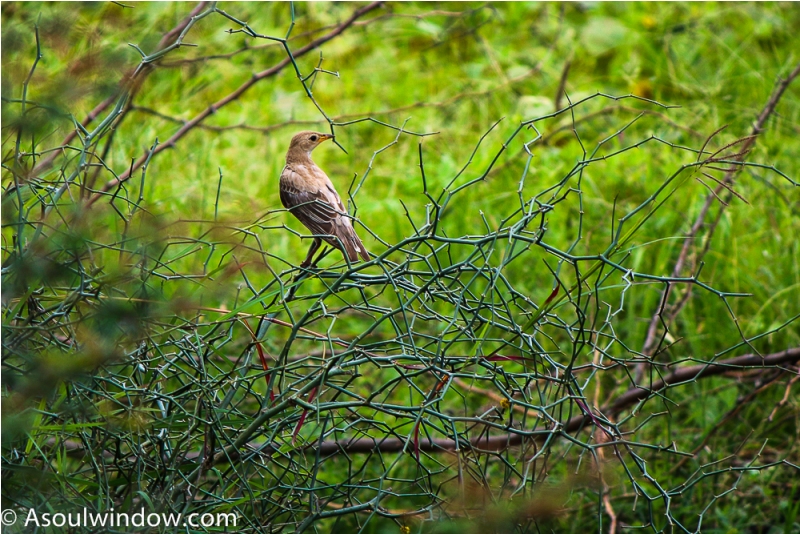

Bird checklist Guide:
Some of the species of rare as well as common birds found in and around Sonkhaliya are as below:
Francolin, Florican and Quails
- Grey Francolin aka Francolinus pondicerianus
- Lesser Florican Sypheotides indicus
- Rock Bush Quail aka Perdicula argoondah
- The Rain Quail or black-breasted quail (Coturnix coromandelica)
- Painted Francolin aka Francolinus pictus
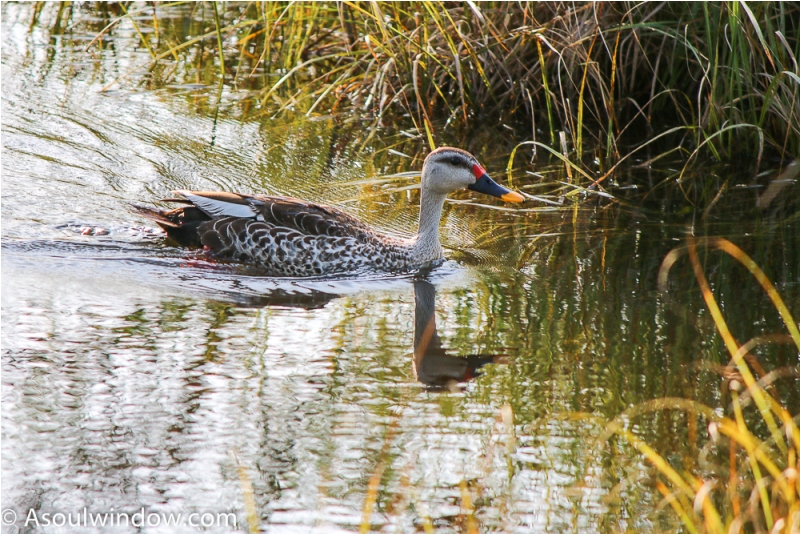

Ducks
- Comb Duck aka Sarkidiornis melanotos
- Common Coot aka Fulica atra
- Lesser Whistling-duck aka Dendrocygna javanica
- Little Grebe Tachybaptus ruficollis
- Spot-billed Duck aka Anas poecilorhyncha
- White-breasted Waterhen aka Amaurornis phoenicurus


Rollers
- Indian Roller aka Coracias benghalensis
- European Roller aka Coracias garrulus
Cuckoo or koel
- Jacobin Cuckoo Clamator jacobinus
- Asian Koel aka Eudynamys scolopaceus
- Greater Coucal aka Centropus sinensis
- Pied Cuckoo aka Clamator jacobinus
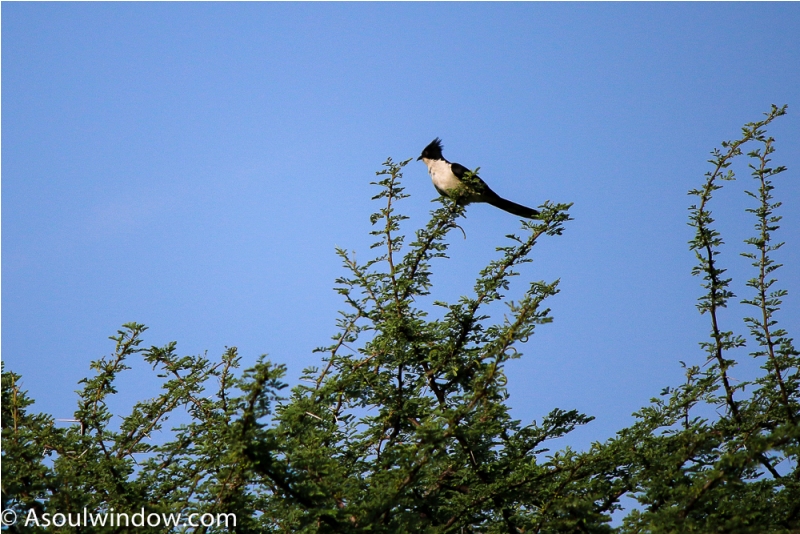

Parakeets
- Rose-ringed Parakeet aka Psittacula krameri
- Alexandrine Parakeet aka Psittacula eupatria
Predatory Birds
- Indian Eagle Owl aka Bubo Bengalensis
- Red-headed or King Vulture Sarcogyps calvus
- White-eyed Buzzard aka Butastur teesa
- Black Kite aka Milvus migrans
- Cinereous Vulture Aegypius monachus


Doves and Pigeons
- Red Collared Dove or Red Turtle Dove aka Streptopelia tranquebarica
- Eurasian Collared Dove aka Streptopelia decaocto
- Laughing Dove aka Streptopelia senegalensis
- Rock Pigeon aka Columba livia


Lapwing
- Red-wattled Lapwing aka Vanellus indicus
- Yellow-wattled Lapwing aka Vanellus malabaricus


Redshank
- Common Redshank aka Tringa totanus
- Spotted Redshank aka Tringa erythropus
- Ruff Calidris pugnax
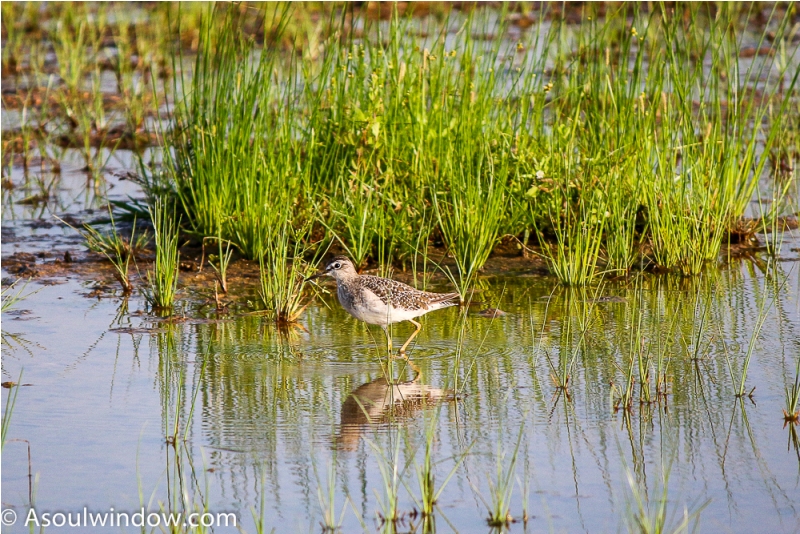

Sandpiper
- Common Sandpiper Actitis hypoleucos
- Green Sandpiper aka Tringa ochropus
- Wood sandpiper Tringa glareola


Egrets, cranes, Ibis and Herons
- Black Ibis Pseudibis papillosa
- Oriental white ibis aka Indian white ibis aka Black headed Ibis Threskiornis melanocephalus
- Cattle Egret Bubulcus ibisIndian
- Great Egret Casmerodius albus
- Grey Heron Ardea cinerea
- Little Egret Egretta garzetta
- Pond Heron Ardeola grayii
- Sarus Crane Grus antigone
- Painted Stork Mycteria leucocephala
- Asian openbill stork aka Anastomus oscitans


Babblers
- Jungle Babbler Turdoides striata
- Large Grey Babbler Turdoides malcolmi
- Common Babbler Turdoides caudate
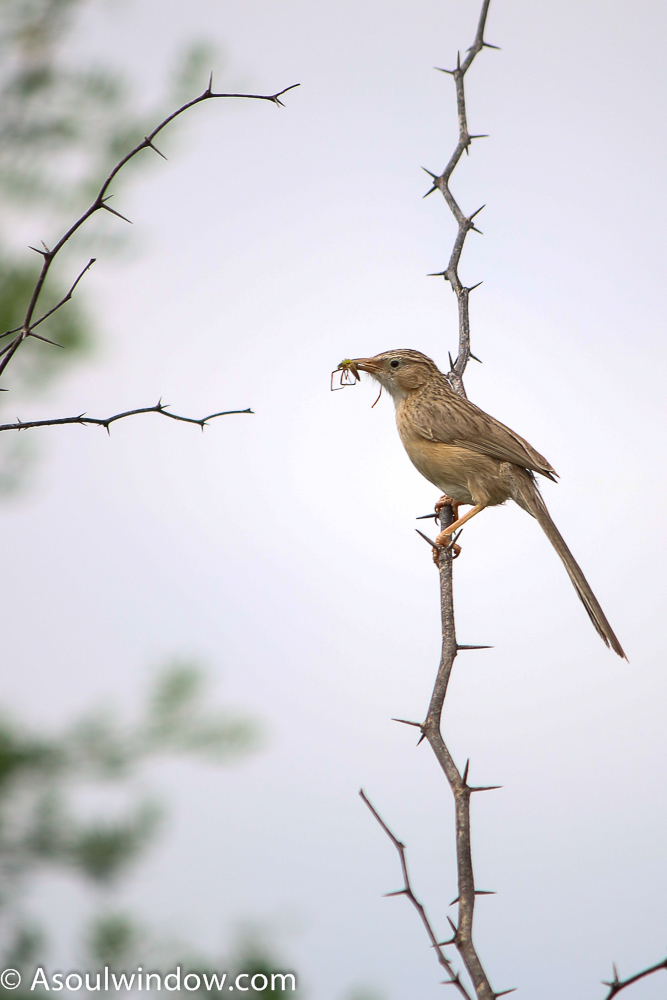

Bulbul
- Red-vented Bulbul Pycnonotus cafer
- White-eared Bulbul Pycnonotus leucotis


Lark And Prinia
- Ashy Prinia Prinia socialis
- Ashy-crowned Sparrow Lark Eremopterix griseus
- Indian Bushlark Mirafra erythroptera
- Singing Bush lark Mirafra cantillans
- Oriental skylark Alauda gulgula
- Plain Prinia Prinia inornata
- Rufous-fronted prinia aka Prinia buchanani
- Rufous-tailed Lark Ammomanes phoenicura
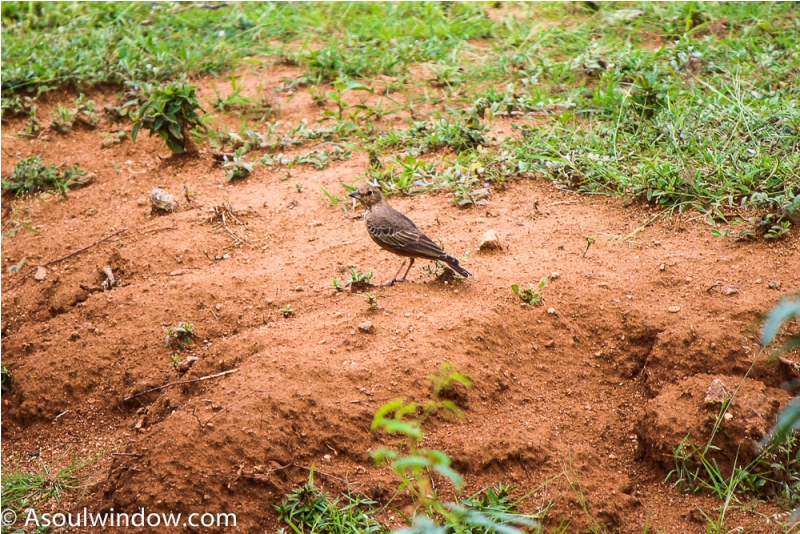

Starling and Mynas
- Asian Pied Starling or Pied Myna Sturnus contra
- Brahminy Starling Sturnus pagodarum
- Rosy starling Pastor roseus
- Bank Myna Acridotheres ginginianus
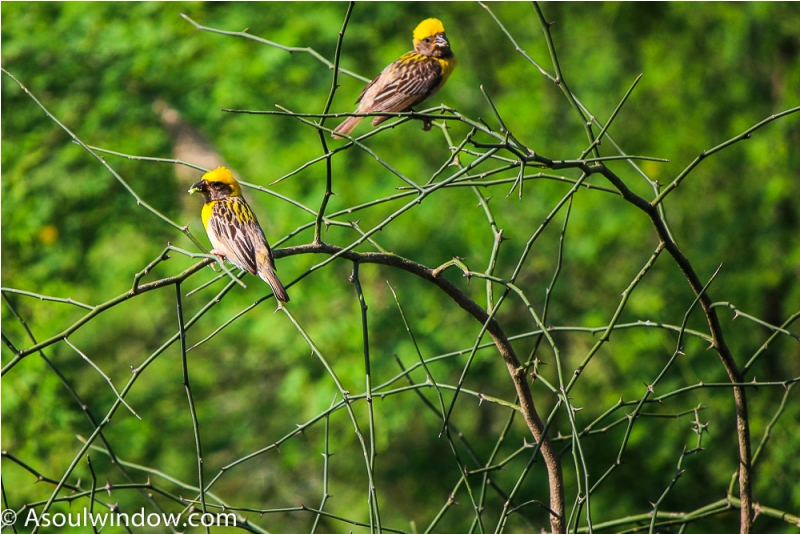

Common Birds
- Baya Weaver Ploceus philippinus
- Black Drongo Dicrurus macrocercus
- Common Hoopoe aka Upupa epops
- Green Bee-eater aka Merops orientalis
- House Crow Corvus splendens
- House Sparrow Passer domesticus
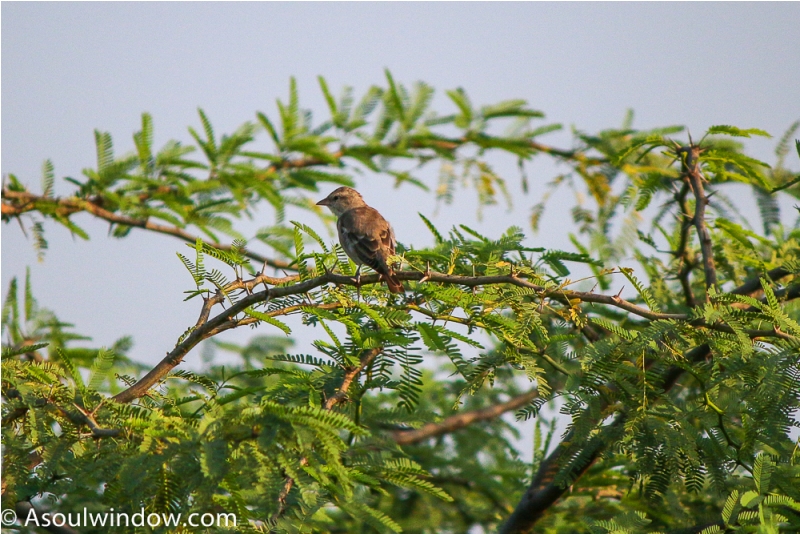

- Yellow Throated sparrow or Chestnut-shouldered Petronia Gymnoris xanthocollis Petronia xanthocollis
- Indian Peafowl aka Pavo cristatus


- Paddyfield pipit or Oriental pipit Anthus rufulus
- Little Cormorant Phalacrocorax niger
- Rufous Treepie Dendrocitta vagabunda


Shrikes
- Southern Grey Shrike Lanius meridionalis
- Great Grey Shrike aka Lanius excubitor
- Common woodshrike Tephrodornis pondicerianus
- Bay-backed shrike Lanius vittatus
- Long-tailed shrike or rufous-backed shrike Lanius schach
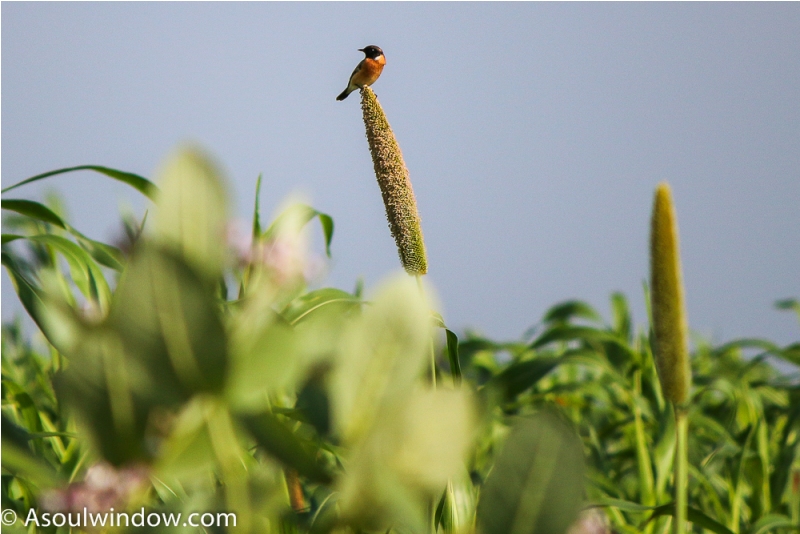

Chats
- Brown Rock-chat Cercomela fusca
- Isabelline Wheatear Oenanthe isabellina
- Stoliczka’s Bushchat aka the White-browed Bushchat aka Saxicola macrorhyncha
- Pied Bushchat Saxicola caprata
- Siberian Stonechat Saxicola maurus
- Common Stonechat Saxicola torquatus
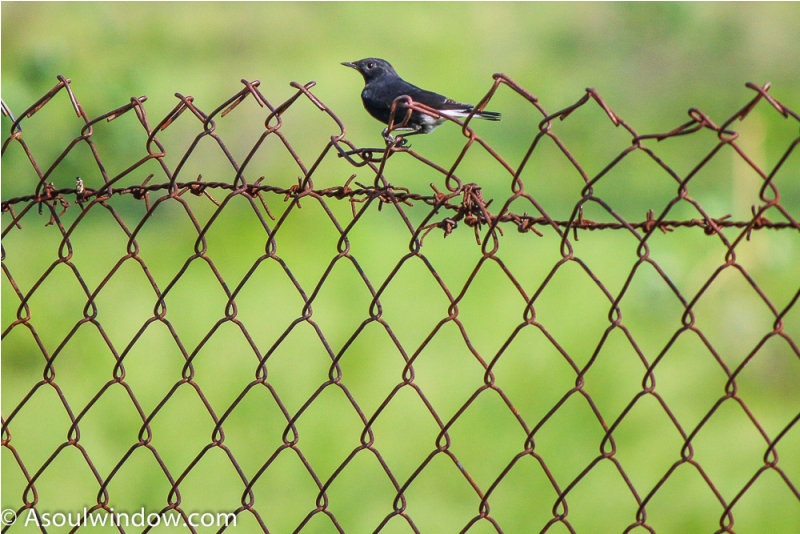

Other species of birds
- The Lesser Florican Sypheotides indica
- Pheasant-tailed Jacana aka Hydrophasianus chirurgus
- Savanna Nightjar aka Caprimulgus affinis
- Black-tailed Godwit aka Limosa limosa
- Booted Warbler Hippolais caligata
- Red-headed bunting Emberiza bruniceps
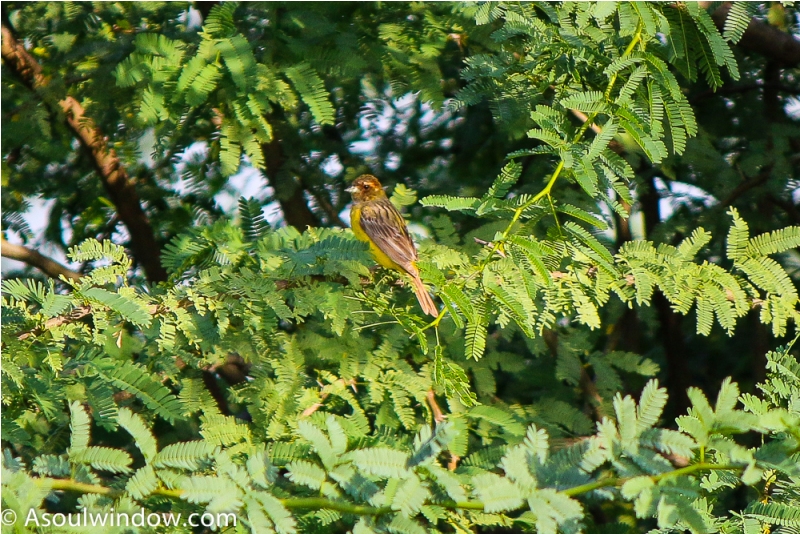

- Eurasian Thick-knee aka Burhinus oedicnemus
- Indian thick knee or Indian Stone Curlew aka Burhinus indicus
- Greater Painted-snipe aka Rostratula benghalensis
- Indian Silverbill Lonchura malabarica
- Wire-tailed Swallow Hirundo smithii
- Houbara or Macqueen’s Bustard Chlamydotis macqueeni
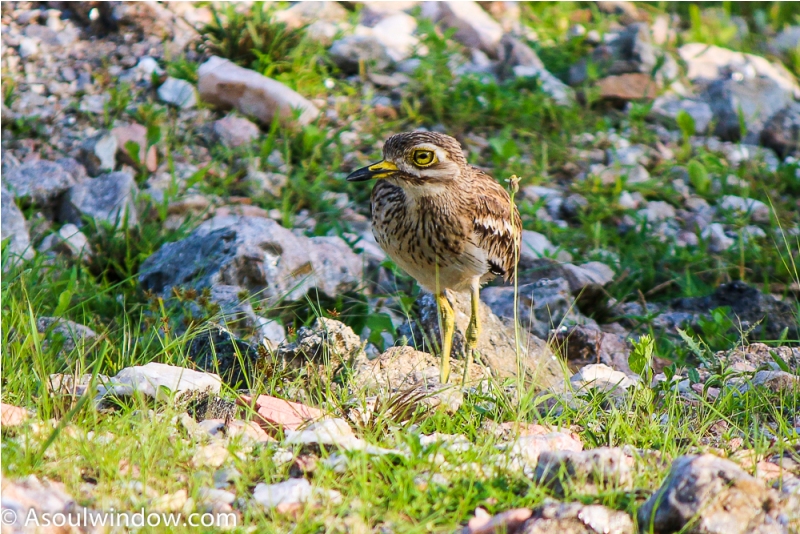

Mammals Found in Sonkhaliya
- Bluebull Boselaphus tragocamelus
- Indian Fox Vulpes vulpes
- Golden Jackal Canis aureus


Reptiles in Sonkhaliya
- Bengal monitor aka Varanus bengalensis
- Red Sand Boa


Conclusion on spotting Lesser Florican in Rajasthan
Sonkhaliya in rural Rajasthan is not only a great places to see mating ritual of the Lesser Florican but also a birdwatchers paradise as many species of rare and common birds can be spotted here in the months of August and Indian winter.
Some of the birds and reptiles you can spot here are Bengal Monitor Lizard, Red sand boa, Singing Bushlark, Plain Prinia, Paddyfield Pipit, Savanna Nightjar, Laughing Dove, Rain Quail, Gray Francolin, Indian Eagle Owl, Variable Wheatear, European Roller, Pied Cuckoo, Eurasian collared dove, Rock bush peafowl. It is one of the best places for bird-watching in Rajasthan and India.
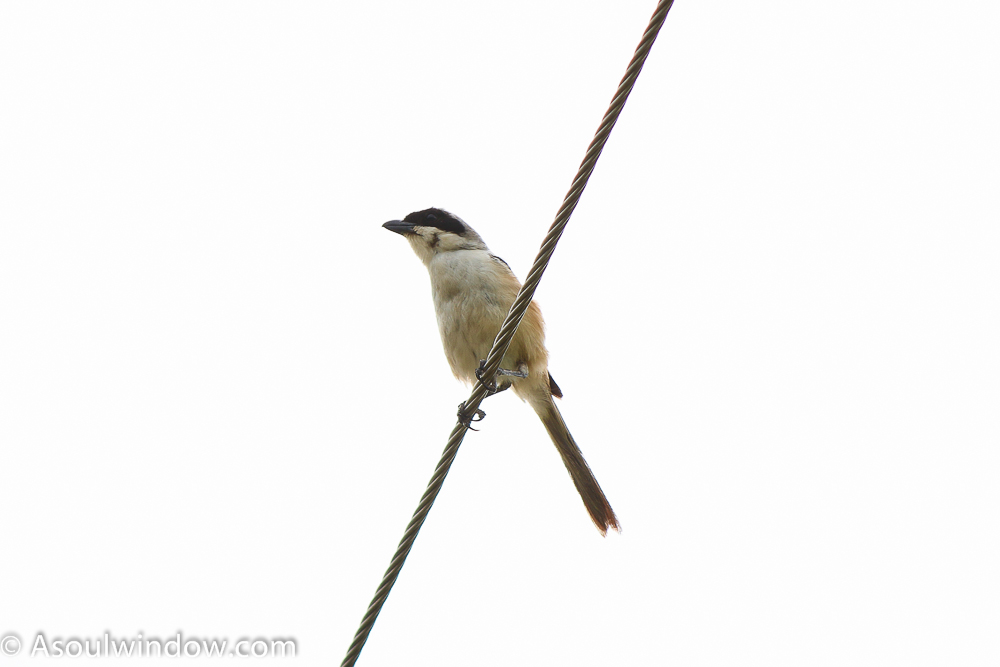

The view from my Soul Window is chirpy!
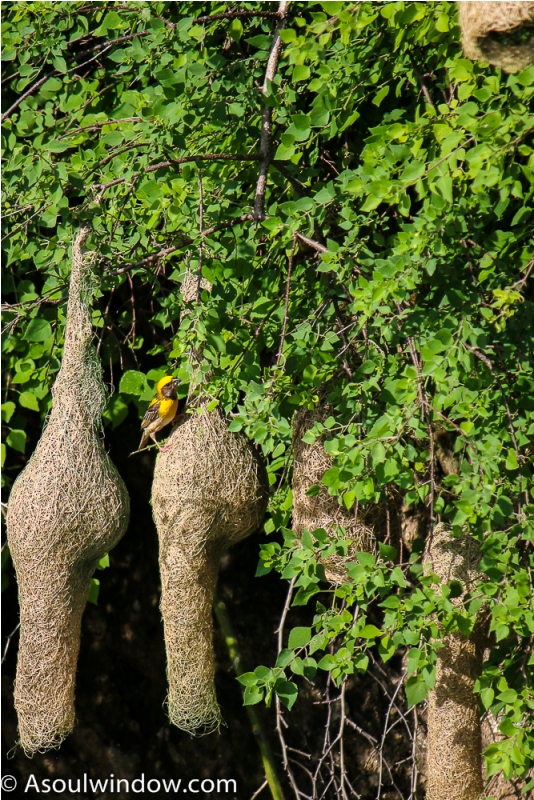

Top Travel Blogger from India
